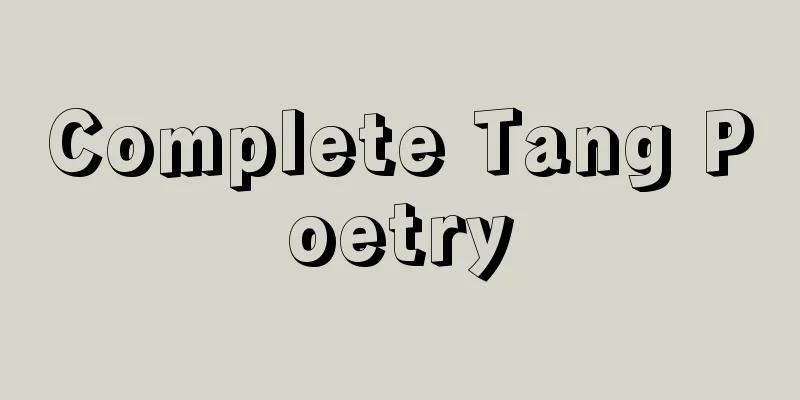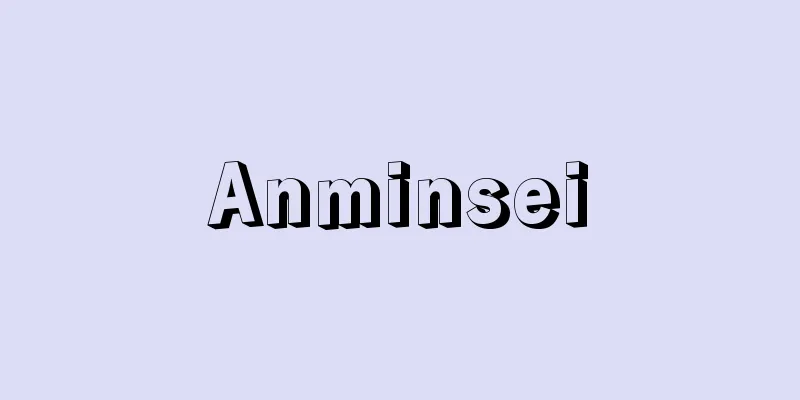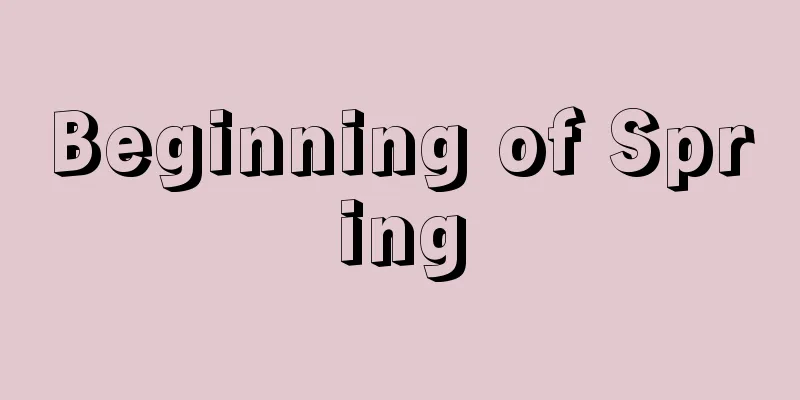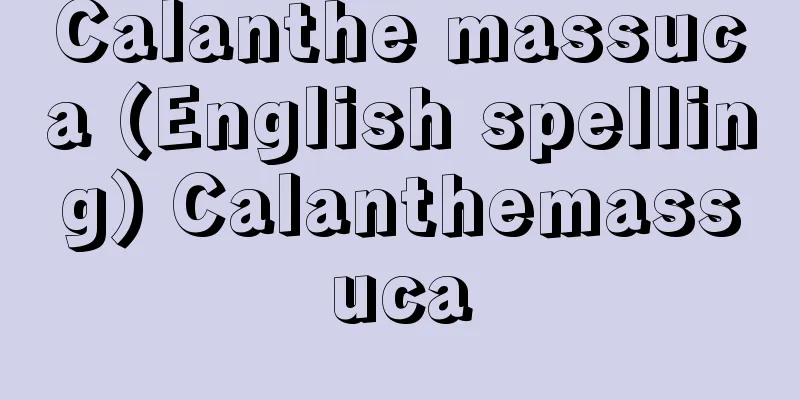Complete Tang Poetry

|
A complete collection of Tang poetry compiled during the Qing dynasty in China. 900 volumes. Contains 49,403 poems and 1,055 lines by 2,873 authors (these figures are from Hiraoka Takeo and Ichihara Kokichi's "Poets of the Tang Dynasty," 1960). In March 1705 (the 44th year of the Kangxi era), Peng Dingqiu and 10 others began editing and proofreading the work at the command of Emperor Kangxi. It was completed in October 1706 and published by the Yangzhou Poetry Bureau in April 1707. It is called the Poetry Bureau edition and is considered one of the finest works from the Qing dynasty. The editing work was carried out based on the Ming Dynasty's Hu Zhenheng's Tang Yin Tong Jian and the early Qing Dynasty's Ji Zhenyi's Complete Tang Poems. With reference to readings such as individual anthologies, the works were included (including the Tang Five Dynasties), and revisions and corrections were made, with partial annotations and short biographies for each author added. For a short period of work, it is a well-made book, and is extremely valuable as it gives a glimpse into the full picture of Tang poetry, the golden age of poetry. However, research has progressed and many shortcomings have been pointed out, such as missing or mis-collected works, duplication of authors and works, and errors in the short biographies. A better reorganization of the Complete Tang Poems is awaited. The 1960 edition of the Beijing Zhonghua Book Company's stamped edition is convenient, with an index of authors at the end of the book. In addition, Zhonghua Book Company published "Extra Edition of Complete Tang Poetry" (1982) as a supplement to "Complete Tang Poetry." [Masafumi Ito] Source: Shogakukan Encyclopedia Nipponica About Encyclopedia Nipponica Information | Legend |
|
中国、清(しん)代に編集された唐詩の全集。900巻。2873人の作者の作品4万9403首と1055の詩句を収録(この数字は平岡武夫・市原亨吉著『唐代の詩人』1960による)。1705年(康煕44)3月、康煕(こうき)帝の命を受けた彭定求(ほうていきゅう)ら10人が編集と校訂に着手、06年10月に完成、07年4月に揚州(ようしゅう)詩局から刊行された。詩局本とよばれ、清朝善本の一つとされる。編集作業は、明(みん)の胡震亨(こしんこう)『唐音統籤(とういんとうせん)』と清初の季振宜(きしんぎ)『全唐詩』を底本として進められ、個人の別集など読本を参照して、作品収録(唐五代詞を含む)、校訂および補正がなされ、部分的に小注や作者ごとの小伝が付された。短期間の作業としては、よくできた本であり、詩の黄金期である唐詩の全貌(ぜんぼう)をうかがわせるものとして、その価値は甚だ高い。しかし現在では研究が進展し、多くの欠点、たとえば未収や誤収、作者・作品の重出、小伝の誤謬(ごびゅう)などが指摘されるようになった。よりよい全唐詩の再編が待たれる。1960年に刊行された北京(ペキン)中華書局の排印本が、巻末に作者索引を付載して便利である。なお中華書局から、『全唐詩』を補うものとして、『全唐詩外編』(1982)が刊行された。 [伊藤正文] 出典 小学館 日本大百科全書(ニッポニカ)日本大百科全書(ニッポニカ)について 情報 | 凡例 |
<<: All Tang Poetry - Zento Shiitsu
Recommend
Iris Valiegata - Iris Valiegata
...There are a huge number of varieties, with mor...
Yellow Union
A moderate and cooperative labor union Contempt Po...
Mother ship fishing - mother ship fishing
A fishing operation style in which several or sev...
Polish Art - Polish Art
In Poland, there is the site of a pile dwelling se...
Paper Monopoly
…By the time “Shifu” (1777) was published, Tosa h...
Battle of Oda and Edo
…Decorative items and building materials made fro...
Mainichi Broadcasting System Co., Ltd. - Mainichi Broadcasting
A private television and radio broadcasting compan...
Timotheos (sculptor)
...The cult began in the area in the 7th century,...
Shikoku region - Shikoku
Located southwest of Honshu, Shikoku and its isla...
Yoshida Harufu
Shakuhachi performer and composer. His real name ...
Prime Minister - Josho
[1] (The old word was "shojo". Both &quo...
Civil Disobedience
..."A Plea for Captain John Brown" (185...
Gelidium subcostatum
…[Yamaguchi Katsumi]. … *Some of the terminology ...
Anatolepis
…a general term for fishes with hard exoskeletal ...
Arsaces I (English spelling)
… [history] The founding of the Parthian state to...









